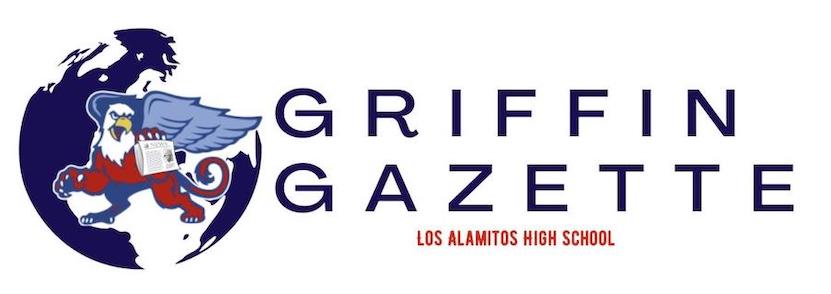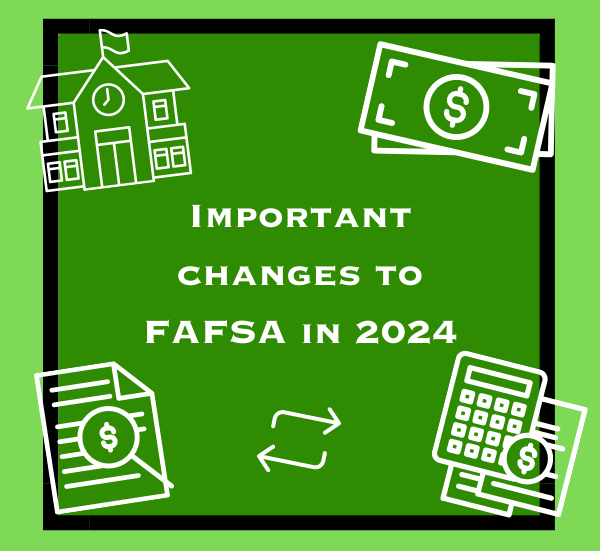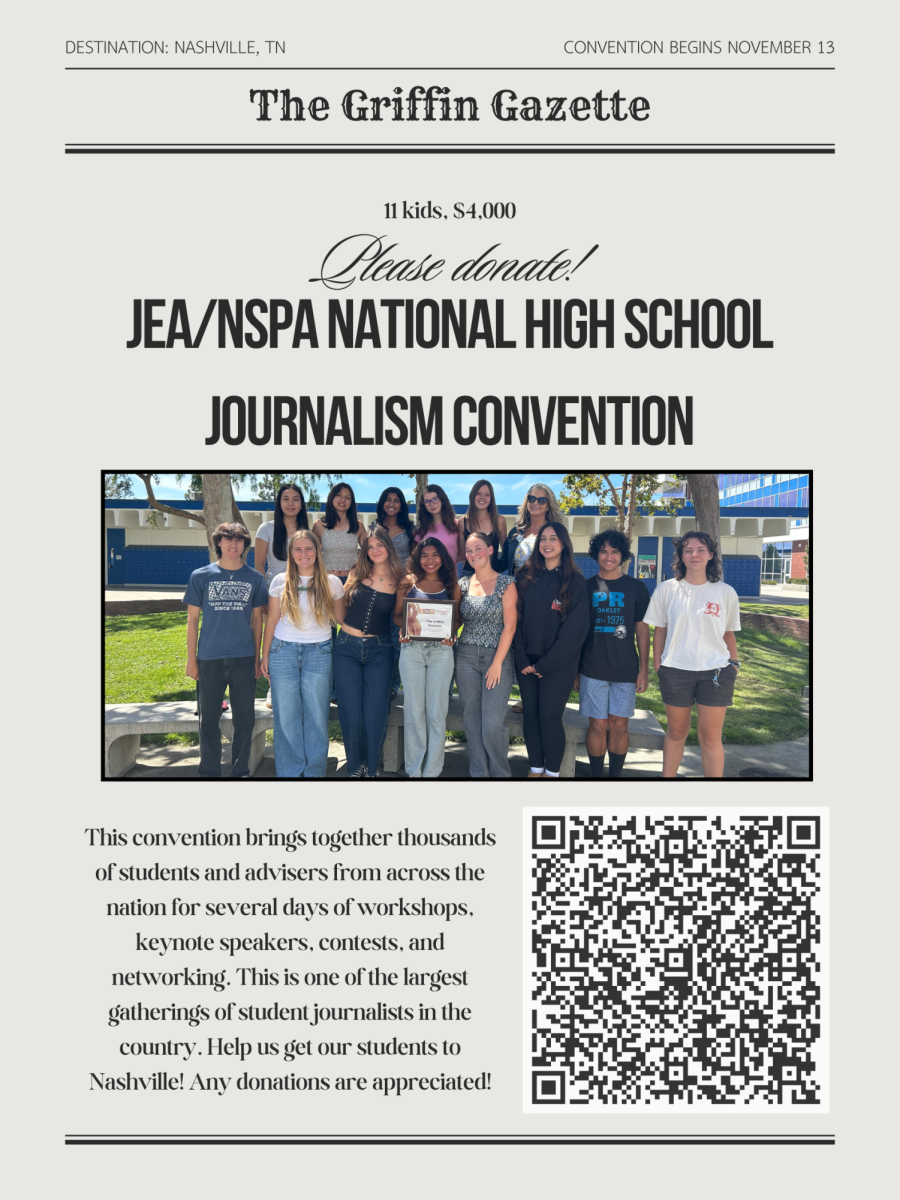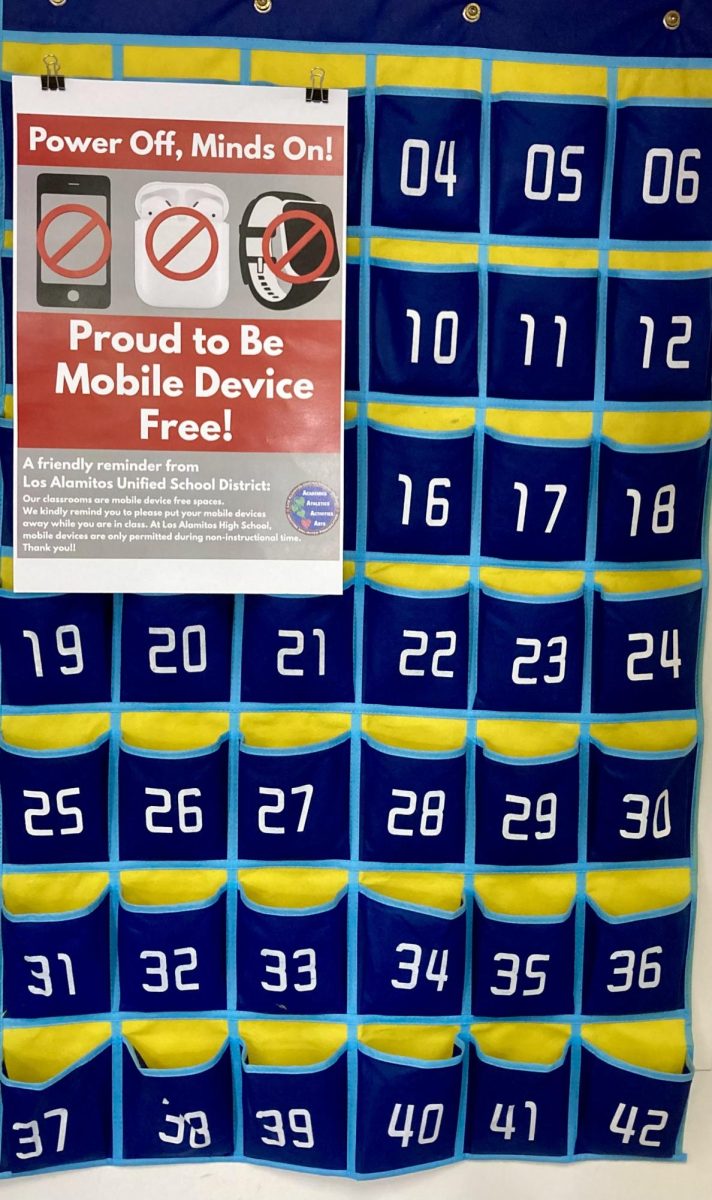LOS ALAMITOS, CA — The Free Application for Federal Student Aid (FAFSA) is a form that continues to provide financial aid to high school seniors and college students to help them afford college expenses. This year, Federal Student Aid, the part of the U.S. Department of Education (ED) that runs FAFSA, changed the application process to make it easier for students and parents to navigate the application and receive their money. Not all of the changes that came with the improved ease of use are positive for students, though, which poses the question: Did the change made to FAFSA hurt or help the students applying?
Benefits of the changes
One significant change to FAFSA was the reduced number of questions students must fill out when applying for aid. The previous number of questions was 108, but after the change, the number of questions was reduced to a maximum of 46.
“Depending on their circumstances, [some] applicants could answer as few as 18 questions, which could take less than 10 minutes,” said the Federal Student Aid Office of the Department of Education.
Along with the change in the number of questions, the Internal Revenue Service (IRS) has teamed up with the ED to import data from the IRS directly to the ED so that some answers would be auto-populated on the FAFSA form. This change saves applicants a lot of time because the number of questions they need to answer will be further reduced.
“It only took me about 30 minutes to complete the application questions this year, which was a big improvement from the hours it took me to complete the application last year,” said Eileen Gunnvor, a sophomore at the University of California, Davis.
Additionally, students can now apply for aid from 20 colleges instead of the previous limit of 10 colleges. This means that students who were accepted into more than 10 colleges will no longer have to pick between which colleges they want to apply to their FAFSA form.
Downsides of the change
Not all of the changes to the FAFSA application were positive. Some of the changes are causing students to lose out on money and even eligibility to fill out the form.
The ED uses a newly implemented Student Aid Index to determine a student’s financial need instead of their previous system, the Expected Family Contribution. The ED previously gave more money to families with multiple kids, but they removed the feature this year so that families will no longer receive extra aid if they have multiple kids in college. Parents are upset with this change since they will be losing out on money that could help their children in college.
“It’s unfortunate that an educational system that already has many flaws continues to pass regulations that make it increasingly difficult for kids to have resources for a secondary education,” Jeff Flaim, father of two prospective college students at Los Al, said. “It saddens me to hear that sanctions regarding financial aid [have] gone through yet another major revision.”
The SAI also now makes families report the net worth of their small businesses and farms as assets, which, in effect, will decrease the expected average amount of money families are set to receive. This is troubling for some students because the families do not physically have the money that these assets represent. However, the SAI will account for the assets as money that the family has, making the family appear to have more money and potentially costing them needed aid.
“The net worth of a business is no longer limited to those with more than 100 full-time employees. Applicants will be asked to report the net worth of all businesses, regardless of the size of the business [including] the value of a family farm,” said the Federal Student Aid Office.
In conclusion
The layout of FAFSA for the 2024-2025 application year has dramatically changed from its previous state, which has left the public with varying opinions on its usefulness. Nevertheless, the FAFSA application continues to provide money to college students to help them pay for their tuition and afford a pursuit of higher education.
“It’s important for students to fill out FAFSA because it allows them to get loans or grants that they might not even realize they qualify for,” Ava Widener, a freshman at the University of Arizona, said. “It’s a super easy way to get money [that funds further] education.”
















Sydney Forsyte • Feb 11, 2024 at 4:55 pm
This was so interesting to read, Owen! I totally didn’t know all of this about FAFSA. Nice research!
Nandi Smith • Jan 31, 2024 at 12:11 pm
I like the parent perspective you got in this article! It was a great read, Owen!
Katie Arnoult • Jan 29, 2024 at 8:52 am
I can tell you did a lot of good research on this article! Great job Owen!!